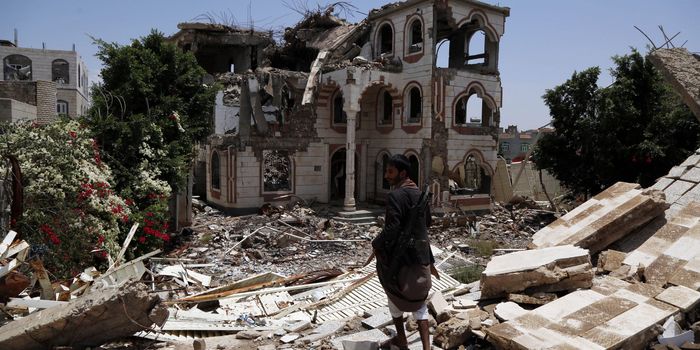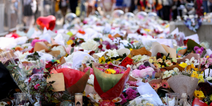A quick breakdown of the conflict and humanitarian crisis in Yemen.
Over the past eight years, Yemen has been torn apart by war.
The conflict continues to intensify and this year, it seems to have grown more violent than ever – with civilians being killed in record numbers.
The situation is often referred to as the “world’s worst humanitarian crisis”.
So, what exactly is going on?

Why is there war in Yemen?
The roots of the current conflict can be traced back to the Arab Spring – a wave of pro-democracy protests and uprisings that took place in the Middle East in 2011.
People in Yemen wanted change and so President Ali Abdullah Saleh was forced to hand over power to his deputy, Abdrabbuh Mansour Hadi.
But the transition didn’t go smoothly – not everyone was happy about Hadi taking power.
In 2014, the Houthis, a rebel group loyal to former President Saleh, seized control of the Saada province of Yemen and then took over the capital city of Sanaa. They aimed to take over the entire country.
Because of the escalating violence, President Hadi fled to Saudi Arabia in March 2015.
Saudi Arabia was alarmed by the prospect of the Houthis taking control of Yemen and considered it a massive threat. It then led a coalition of Arab states to try get President Hadi and his government back in control, while launching a military campaign.
This coalition also had support from several Western countries like US, UK, Canada and France.
Most of the conflict over the past eight years has been between the Houthis and the Saudi-led coalition.

What’s happening now?
In recent times, the war has become more brutal.
In 2021, the Houthis launched an attack on Marib, the government’s last stronghold in North Yemen.
The Saudi-led coalition have fought the Houthis using mainly air strikes. The Houthis have attacked areas in Saudi Arabia and the United Arab Emirates with missiles and drones, targeting specific sites but injuring civilians in the process.
Attacks have hit hospitals, telecommunication infrastructures, airports, and even schools.
According to The United Nations, the Saudi-led coalition’s air strikes in Yemen have killed tens of thousands of people. It says that each side has committed war crimes.
In the midst of this, another big player in the war emerged – a separatist group called the Southern Transitional Council (STC). They want independence for South Yemen, which was once its own country. They currently control several parts of the south.
In 2020, they were given a role in the government in exchange for putting their troops under President Hadi’s control. But it’s a complicated relationship, and tensions remain.

How has it affected the people of Yemen?
Like every war, civilians have had to bear the brunt. Continuous airstrikes and fighting on the ground has put thousands of innocent lives at risk.
Millions of people have been displaced and hunger is a major issue now. Many people also do not have access to clean water and the healthcare system has been crushed.
According to the United Nations, 24.1 million people – that’s 80% of the country’s population – urgently need humanitarian aid and protection.
An estimated 377,000 people have died because of the violence. As of late 2021, 10,200 children have been killed or injured as a direct result of the fighting.
Yemen has suffered one of the worst cholera outbreaks ever recorded in history, with around 2.5 million cases and roughly 4,000 related deaths since 2016.
The Covid-19 pandemic was also a dire hit to the country. Due to the scarcity of tests, hospital beds, and vaccines it suffered one of the highest COVID fatality rates in the world.

How to help
What Yemen needs more than anything is assistance delivering humanitarian aid to adults and children. Volunteers are working tirelessly to bring water, food and healthcare essentials to people on the ground. You can help by donating to organisations like UNICEF or Red Cross.
RELATED ARTICLES




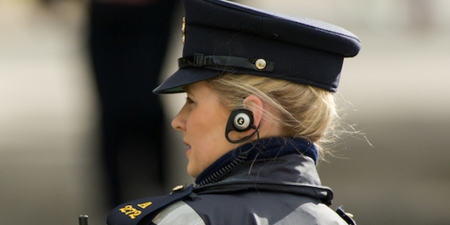

MORE FROM HER
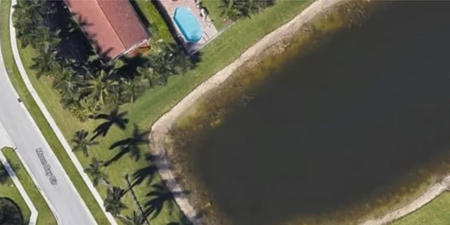
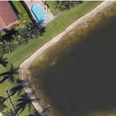






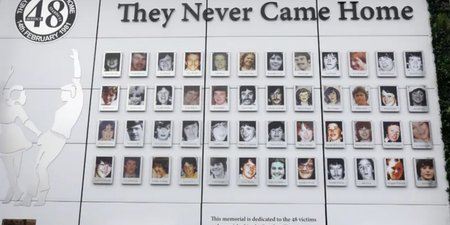

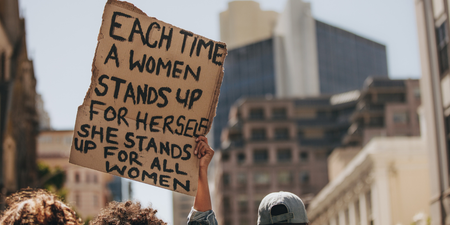
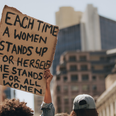




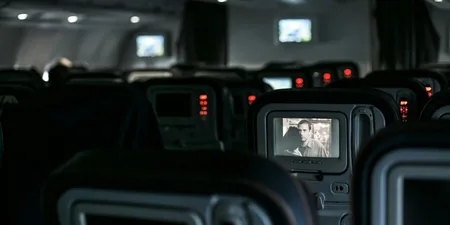







MORE FROM HER












